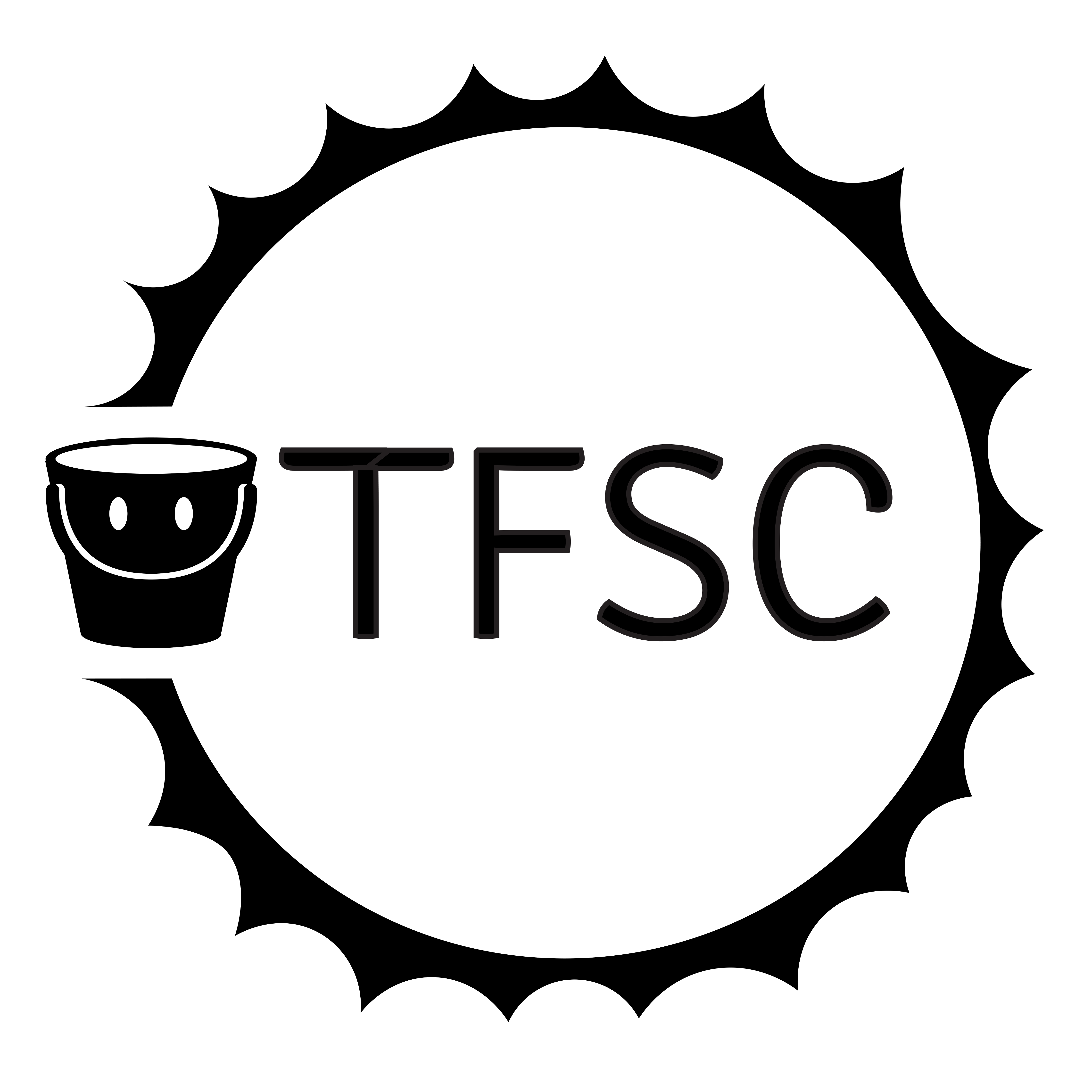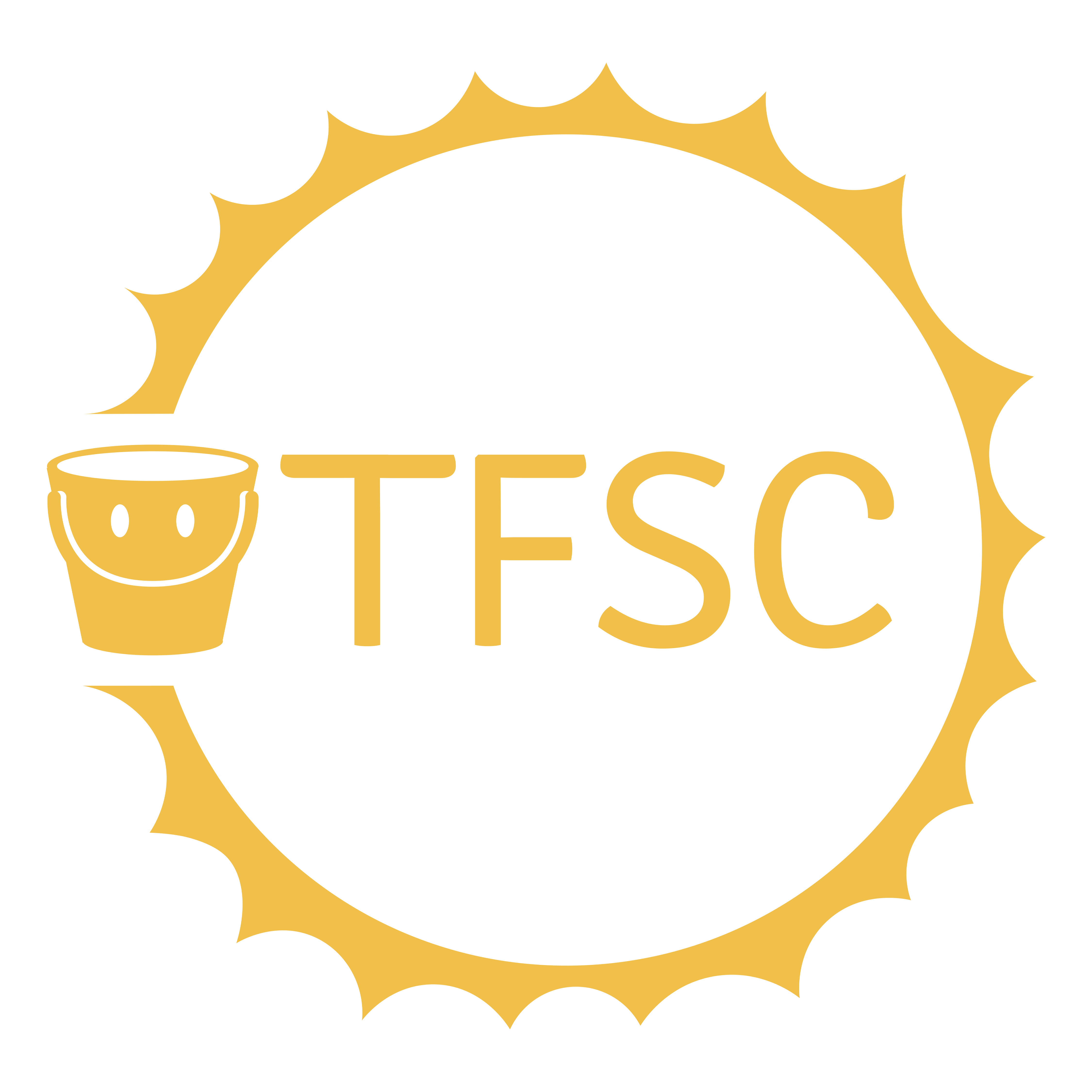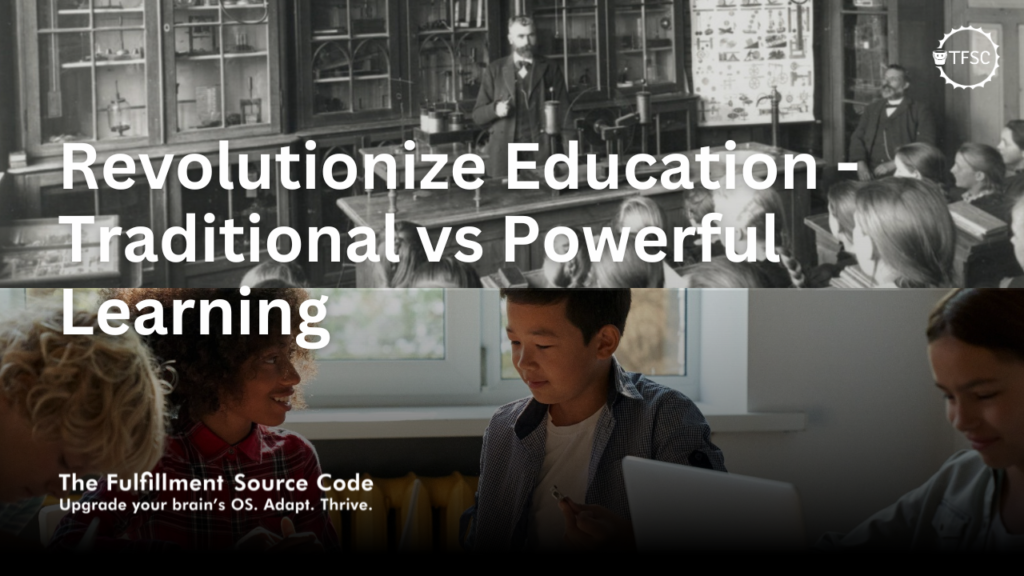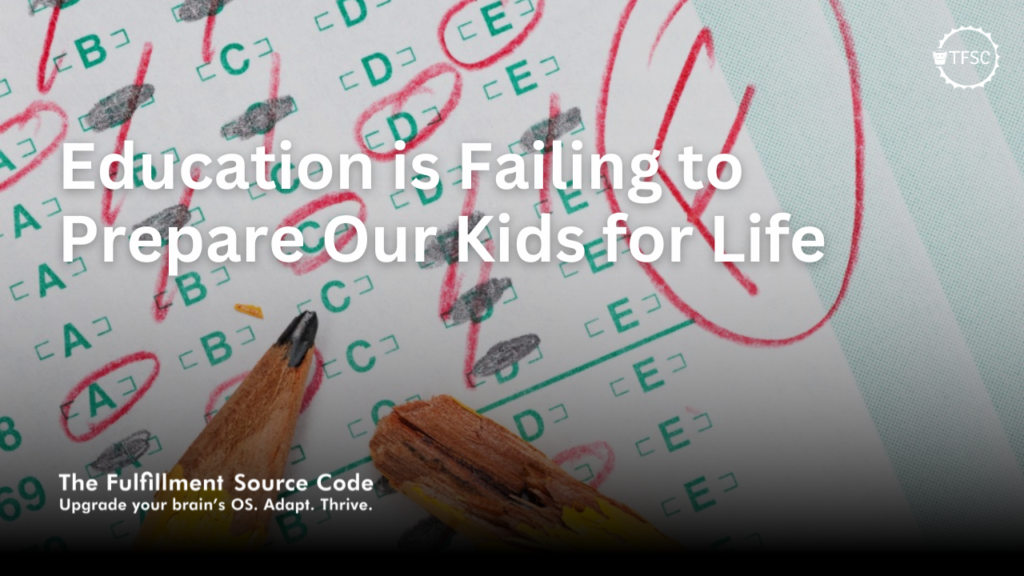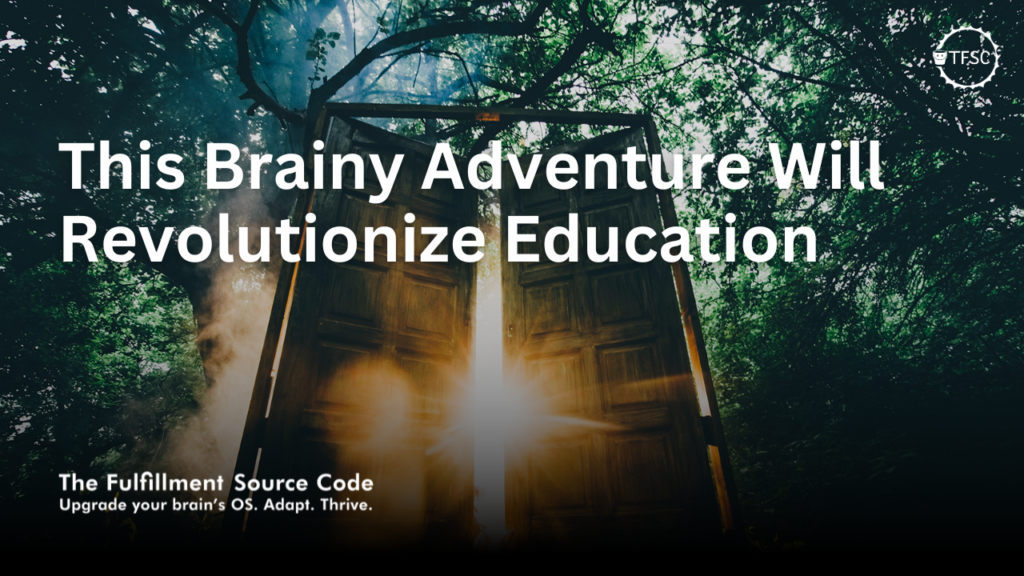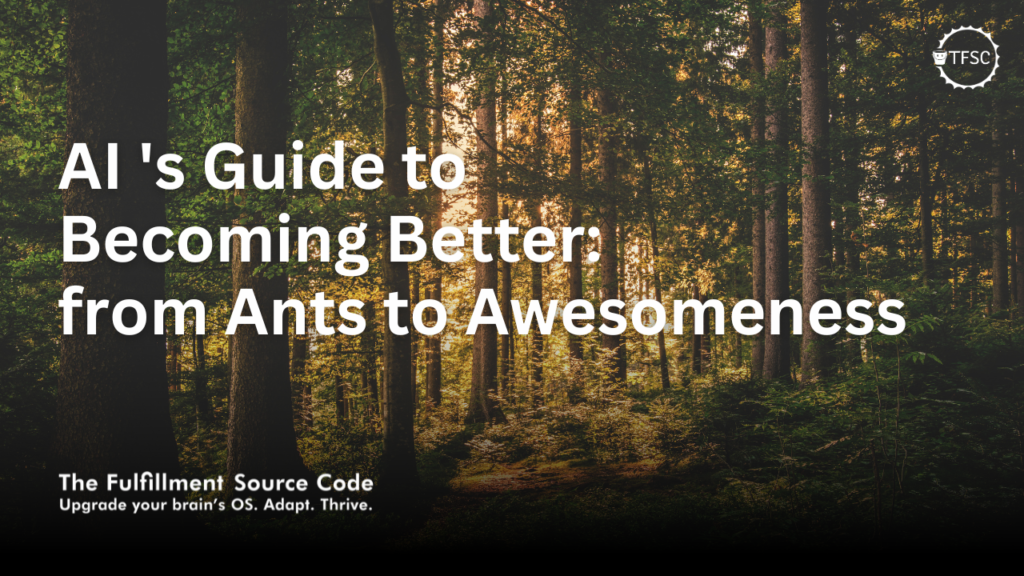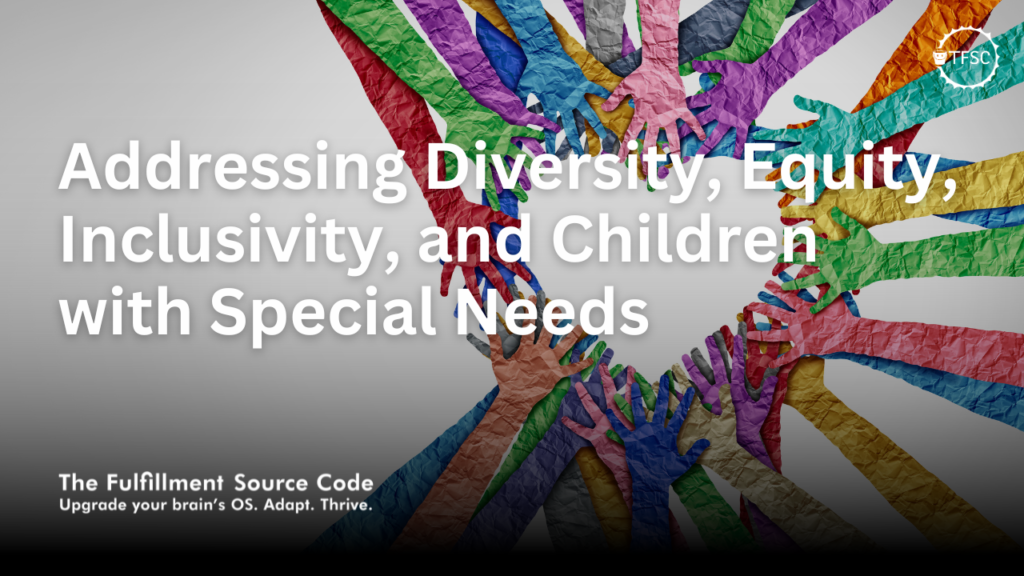Understanding the Brain’s Learning Path: The Four Stages to Mastery
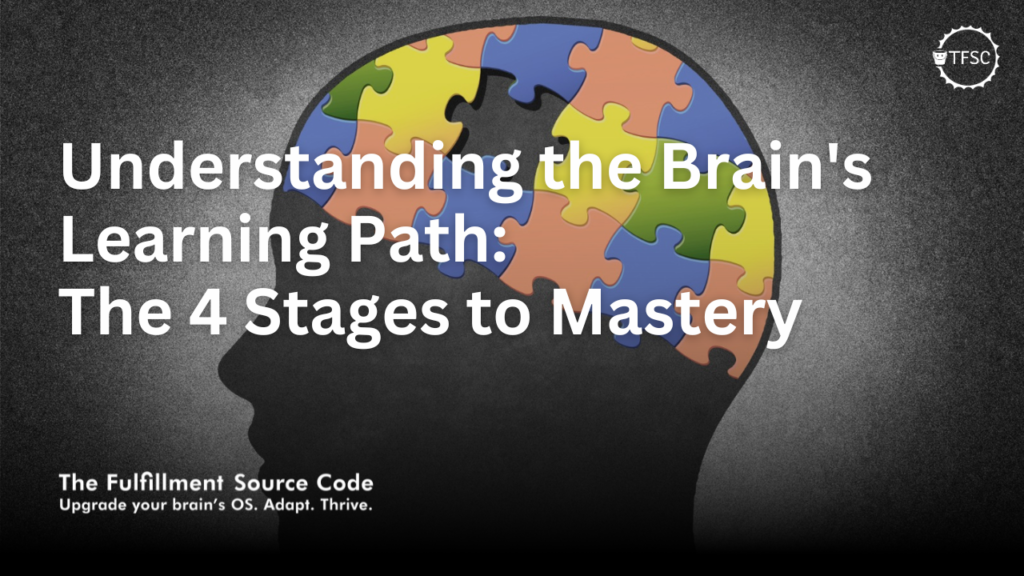
Raise your hand if you would like to become even better?
We have a natural desire to learn and improve ourselves. However, the process of learning can sometimes be challenging and frustrating. Understanding how the brain learns can help us navigate this process and become more effective learners. In this article, we will explore the brain’s learning path, which is commonly described in four stages.
Unconscious Incompetence: Ignorance (it’s not bliss)
The first stage is unconscious incompetence or ignorance, aka, “I don’t know what I don’t know.” In this stage, we are unaware of our lack of knowledge or skill in a particular area. We may not even realize that there is something we need to learn. For example, a person may not be aware of their poor time management skills, and therefore may not realize that they need to learn how to manage their time better.
Conscious Incompetence: Awareness is the first step
The second stage is conscious incompetence or awareness, aka, “I know what I don’t know.” In this stage, we become aware of our lack of knowledge or skill in a particular area, usually through the introduction of it. We recognize we didn’t know it before and as we cross this gap, assuming the experience is positive and the content is applicable, we recognize there is something we need to learn and are motivated to improve. For example, a person may become aware that they struggle with public speaking or see a video on the subject and recognize the need to develop their skills in this area.
Conscious Competence: Practice makes perfect
The third stage is conscious competence or competency, aka, “I can do it when I pay attention.” In this stage, we have begun developing the knowledge and skills required to perform a task, but it still requires effort and concentration. We must consciously think about what we are doing to perform the task successfully. For example, a person may have developed some public speaking skills, but still needs to practice focusing on their delivery and pacing during a speech.
Unconscious Competence: Mastery is the goal
The fourth and final stage is unconscious competence or mastery, aka, “I do it automatically.” In this stage, we have developed the knowledge and skills required to perform a task, and it has become second nature. We no longer have to consciously think about what we are doing to perform the task successfully. For example, a person who has mastered public speaking no longer needs to think about their delivery and pacing during a speech. It has become a natural part of their communication style.
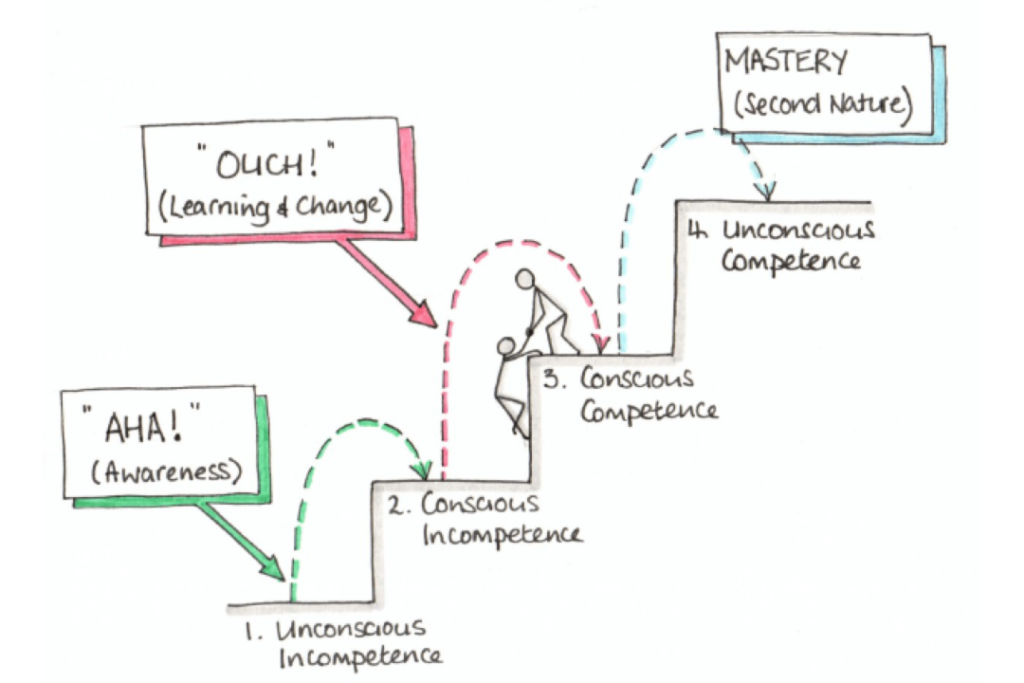
Recent studies have shown that simply understanding this learning path can have a significant impact on our ability to learn more effectively. A study published in the Journal of Educational Psychology in 2019 by Ying-Ju Lin and Yi-Chen Lin found that students who had a better understanding of the learning process showed higher academic achievement. Another study published in the Journal of Human Resource and Adult Learning in 2020 by Muhammad Noman Riaz and Khurram Shahzad found that understanding the learning process can lead to increased job performance. And a study published in the Journal of Business and Psychology in 2017 by Rob F. Poell and Tineke M. Willemsen found that understanding the learning process can lead to increased employee motivation and engagement.
Whether for yourself as a learner or as an educator, it is essential to recognize the importance of the brain’s learning path. By understanding this process, we can develop more effective learning strategies that focus on moving from unconscious incompetence to unconscious competence. This can be achieved through various means and combination of instruction, practice, and feedback. Educators can use this knowledge to design more effective learning experiences for their students. and learners can use this knowledge to develop a more deliberate and intentional approach to learning.
The brain’s learning path is a natural process that we all go through when learning new skills or knowledge. By understanding this process, we increase our chances of successfully acquiring new skills and knowledge.
Sources & References
Four stages of competence https://www.linkedin.com/embeds/publishingEmbed.html?articleId=8812767386102347583
Dayan E, Cohen LG. Neuroplasticity subserving motor skill learning. Neuron. 2011;72(3):443-454. doi:10.1016/j.neuron.2011.10.008
Draganski B, May A. Training-induced structural changes in the adult human brain. Behav Brain Res. 2008;192(1):137-142. doi:10.1016/j.bbr.2008.02.015
Kelly AM, Garavan H. Human functional neuroimaging of brain changes associated with practice. Cereb Cortex. 2005;15(8):1089-1102. doi:10.1093/cercor/bhi005
